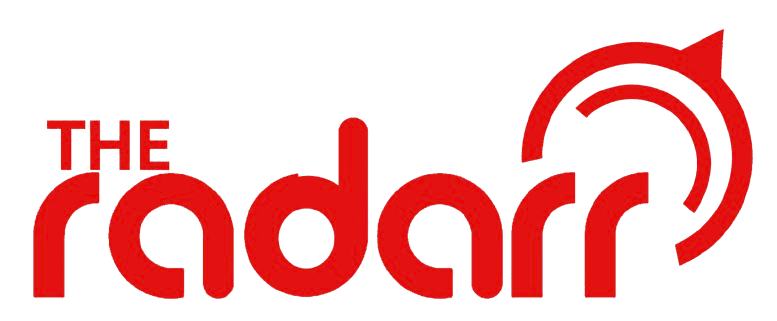Performance-based payment for Primary Health Care (PHC) facility workers in Nigeria:
By EHON, Idialu Anthony
Nigeria’s PHC system remains the first point of care for most of the population, yet it suffers from low staff motivation, absenteeism, poor service quality, and inadequate patient trust. Traditional salary-based payments have not sufficiently encouraged staff to provide timely, high-quality services, especially in rural and underserved communities. A feasible solution is the adoption of a performance-based payment (PBP) model that rewards workers for achieving measurable improvements in service coverage, quality of care, and patient satisfaction. This model does not replace existing government salaries; rather, it introduces a structured incentive layer that motivates staff to align their daily performance with national health priorities such as maternal and child health, immunization, and family planning.
The PBP model will provide PHC workers with a fixed base salary, funded through existing government payroll systems, complemented by quarterly performance bonuses linked to specific service delivery targets. For example, midwives and nurses could receive bonuses tied to the number of antenatal care visits completed, deliveries attended, and family planning clients served. Community Health Extension Workers (CHEWs) could earn bonuses for immunization coverage, referral follow-up, and health promotion activities, while facility managers could be rewarded for overall improvements in facility utilization and patient satisfaction. Bonuses would typically account for 20–30% of a worker’s basic salary, striking a balance between motivation and budgetary sustainability. By differentiating payments by cadre and role, the system ensures fairness while driving teamwork within facilities.
Indicators for the PBP system must be clear, measurable, and aligned with Nigeria’s Health Management Information System (HMIS) to avoid duplication. Core indicators may include: (a) number of pregnant women completing at least four antenatal visits; (b) number of children fully immunized by 12 months; (c) number of skilled deliveries conducted at the facility; (d) contraceptive uptake and continuation rates; and (e) patient satisfaction ratings from exit interviews. To strengthen accountability, quality indicators such as the availability of essential drugs, adherence to infection prevention protocols, and completeness of medical records should be included. Regular facility checklists, digital reporting, and independent verification by Ward Development Committees and LGA health supervisors will serve as safeguards against data falsification and gaming.
Funds for the performance bonuses will flow into facility bank accounts under the oversight of a joint governance arrangement between the facility manager and the Facility Health Committee (FHC). Each quarter, once performance data is verified, bonuses will be disbursed to staff according to a transparent formula agreed upon at the facility level. For example, 85–90% of the bonus funds may be distributed directly to workers based on individual contributions, while the remaining 10–15% could be pooled for team-based incentives such as facility renovations, fuel for outreach, or shared staff rewards. To address inequities, facilities located in hard-to-reach or underserved areas will be eligible for higher tariffs per service to compensate for their greater challenges and to prevent urban bias. This governance structure promotes transparency, accountability, and community ownership.
The proposed PBP model is both feasible and practicable because it builds on Nigeria’s existing policy frameworks such as the Basic Health Care Provision Fund (BHCPF), the National Health Insurance Authority (NHIA), and the experiences from pilot performance-based financing programs like the Nigeria State Health Investment Project (NSHIP). Implementation can begin with a pilot phase in selected LGAs across diverse contexts (urban, rural, conflict-affected) to refine payment formulas, strengthen verification capacity, and assess costs. As evidence of improved service utilization and quality emerges, the program can gradually scale up nationwide, supported by state governments, the Federal Ministry of Health, and development partners. Digital tools for claims processing and routine HMIS integration will further reduce transaction costs and facilitate scale-up. For long-term sustainability, performance-based payments must be gradually absorbed into government recurrent budgets, with earmarked allocations from the BHCPF, pooled donor funding, and contributions from state health insurance schemes. Training of facility managers, Ward Development Committees, and supervisors in financial management, data use, and accountability practices will ensure that funds are effectively managed and tied to results. Over time, this system is expected to improve staff morale, reduce absenteeism, enhance service delivery, and build trust between communities and PHC facilities. By linking worker motivation directly to outcomes, performance-based payment offers a practical pathway to revitalizing Nigeria’s PHC system and advancing Universal Health Coverage (UHC) goals.
In conclusion, a performance-based payment system for PHC workers in Nigeria is both feasible and practicable, as it builds on existing structures while directly linking staff motivation to measurable health outcomes; by combining fair base salaries with transparent bonuses tied to service delivery, quality, and equity, the model not only strengthens accountability and efficiency but also revitalizes the PHC system, improves patient trust, and contributes meaningfully toward achieving Universal Health Coverage.
Dr. Tony Ehon PhD, Health Economist and Financing Expert




































